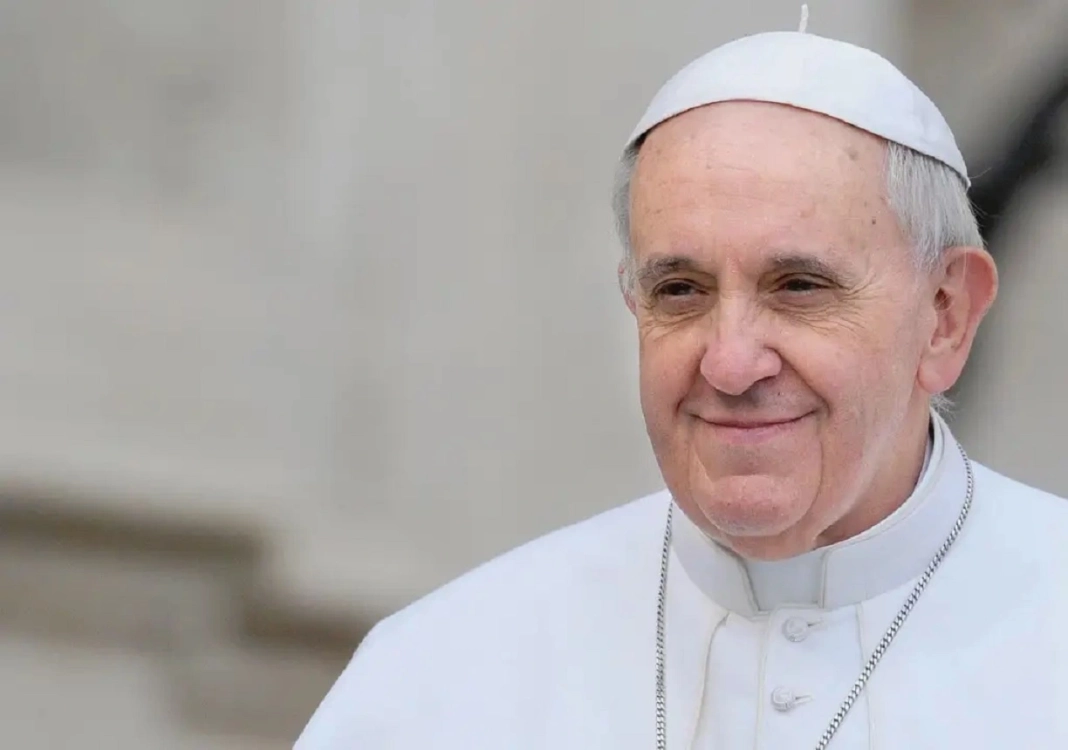The death of Pope Francis marks a significant turning point for the Catholic Church. As the Holy See enters a period of sede vacante—the vacancy of the papal office—a rigorous process, both spiritual and political, begins. Here are the key stages that will shape the coming weeks.
Unlike many institutions, there is no interim successor to the pope. Day-to-day affairs are managed by the College of Cardinals, though they are not permitted to make major decisions during this transitional period. A crucial figure during this time is the Camerlengo.
Currently held by Cardinal Kevin Farrell, the role of Camerlengo involves managing the Vatican’s temporal goods and rights between the pope’s death and the election of his successor. He is also responsible for officially announcing the pope’s death, sealing the papal apartments, and ensuring the security of the pope’s body.
Nine Days of Mourning and Solemn Funeral Rites
According to tradition, nine days of mourning will be observed. During this period, the pope’s body will lie in state in St. Peter’s Basilica. Pope Francis, who personally reformed the funeral protocol, requested a simpler ceremony: a single coffin made of wood and zinc, instead of the traditional trio of nested coffins (lead, oak, and cypress).
Unlike his predecessors, he will not be buried in the Vatican crypts, but in the Basilica of Saint Mary Major in Rome—a site he held especially dear. The funeral Mass will take place between the fourth and sixth day following his death.
Arrival of Cardinals and the Prelude to the Conclave
Meanwhile, approximately 200 cardinals from around the world will travel to the Vatican. Only those under the age of 80 are eligible to vote in the papal election. These days are marked by informal meetings and private discussions, as various factions within the Church (liberal, conservative) attempt to rally support or block certain candidates.
These talks continue up until the conclave begins, typically 15 to 18 days after the pope’s death. The exact date is determined by the College of Cardinals.
The Conclave: Solemnity, Secrecy, and Strategy
The conclave takes place behind closed doors in the Sistine Chapel under a highly codified and solemn atmosphere. Voting cardinals must elect a new pope with a two-thirds majority.
White smoke rising from the chapel’s chimney will signal to the world that a new pope has been elected. Before that moment, a shortlist of candidates usually emerges from informal discussions, and alliance strategies are deployed to build the necessary consensus.
A Profoundly Human Election
Beyond its spiritual dimension, the election process is deeply influenced by human dynamics. Some cardinals may step aside during the voting rounds to allow for the rise of a more unifying candidate. In many ways, the election of a pope reflects a delicate balancing act—between tradition, personal convictions, and strategic influence.







